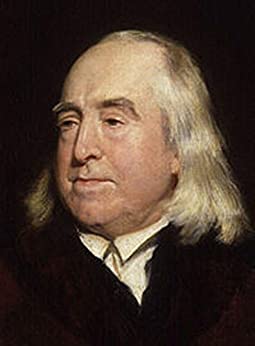
Jeremy Bentham was a British philosopher, jurist, social reformer, the founder of modern utilitarianism, and would influence welfarism.
Below is an excerpt from a biography of Jeremy Bentham included with our books.
| Title | Published |
|---|---|
| An Introduction to the Principles of Morals and Legislation | 1780 |
| Anarchical Fallacies | 1796 |
Bentham was born into a wealthy family in Houndsditch, London on February 15, 1748. He was able to read a multi-volume history of England and began to study Latin at the age of three. He had one younger brother, Samuel Bentham.
Jeremy Bentham attended Westminster School in London. The school’s alumni include Ben Jonson, John Dryden, Robert Hooke, Christopher Wren, John Locke, Jeremy Bentham, Edward Gibbon, Henry Mayhew, A. A. Milne, Peter Ustinov, Tony Benn and seven Prime Ministers.
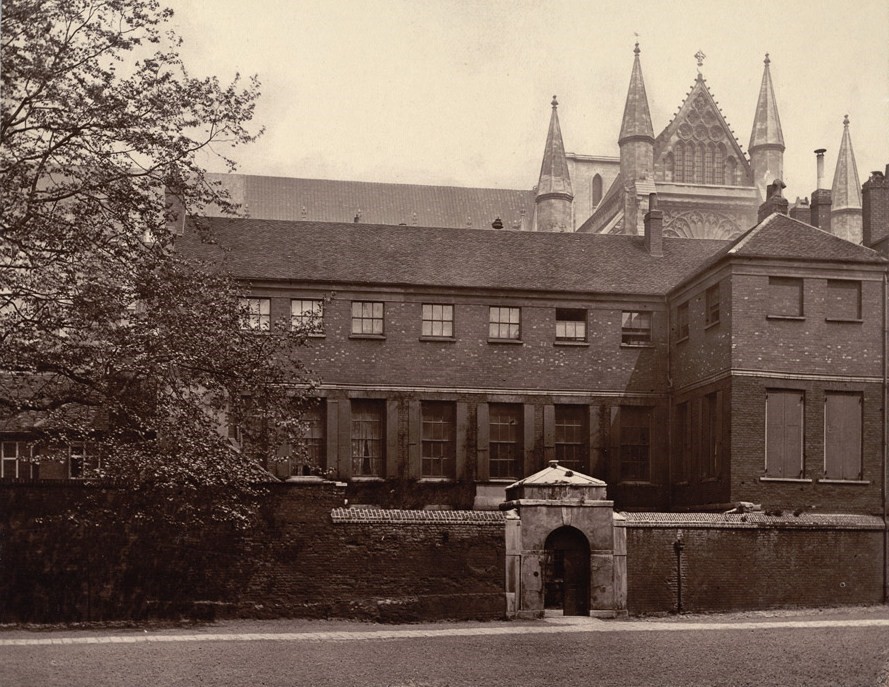
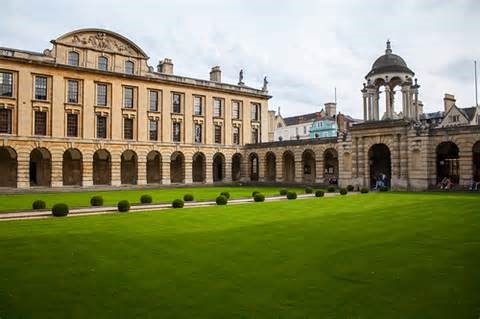
In 1760, Jeremy Bentham at age 12 was sent by his father to The Queen’s College, Oxford. In 1763 he completed his Bachelor’s degree in Oxford. Continuing studying law in Oxford, he completed his Master’s degree in 1766.
Jeremy Bentham was trained as a lawyer but he never practiced it since he became deeply frustrated with the complexity of the English legal code. He named it the “Demon of Chicane”.
After Oxford, Jeremy Bentham wrote an essay “Short Review of the Declaration” when the American colonies published their Declaration of Independence in July 1776. He attacked and mocked the Americans’ political philosophy in the essay.
Jeremy Bentham opposed the Declaration as “The opinions of the modern Americans on Government, like those of their good ancestors on witchcraft, would be too ridiculous to deserve any notice, if like them too, contemptible and extravagant as they be, they had not led to the most serious evils.”
Jeremy Bentham also spent sixteen years of his life developing a prison building that he called the Panopticon. The building was never built. However, the concept had an important influence on later generations of thinkers. French philosopher Michel Foucault called that Jeremy Bentham’s concept was paradigmatic of several 19th-century “disciplinary” institutions.
Jeremy Bentham was successful in tackling the corruption in the Pool of London through his cooperation with Patrick Colquhoun. He helped pass the Thames Police Bill of 1798 in 1800. The bill created the Thames River Police. It was the first preventive police force in UK and was a precedent for Robert Peel’s reforms 30 years later.
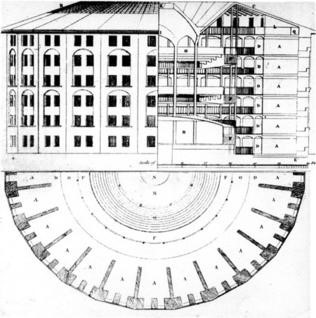
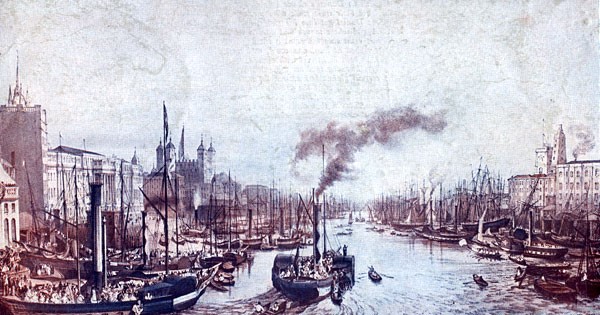

Bentham was in correspondence with many influential people including Adam Smith, Mirabeau and other leaders of the French Revolution.
Bentham was declared an honorary citizen of France and was an outspoken critic of the revolutionary discourse of natural rights and of the violence that arose after the Jacobins took power.
Between 1808 and 1810, he built a personal friendship with Latin American Independence Precursor Francisco de Miranda and paid visits to Miranda’s Grafton Way house in London.
In 1823, he co-founded the Westminster Review with James Mill as a journal for the philosophical radicals.
Jeremy Bentham was credited to the foundation in 1826 of London University and is one of shareholders of the university.
On his death, Bentham left manuscripts amounting to an estimated 30,000,000 words that are still important and influential works today to address an array of topics including Utilitarianism, Economics, Law Reform, Animal Rights, Gender and sexuality, and Privacy.
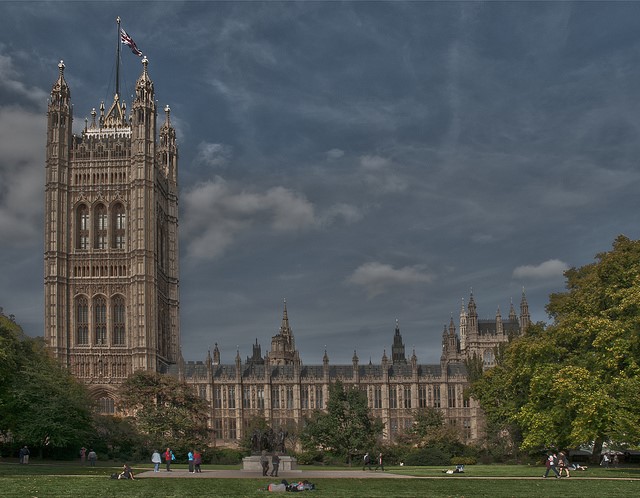

Jeremy Bentham died on 6 June 1832 that was aged 84 at his residence in Queen Square Place in Westminster, London.
In a paper written in 1830, Jeremy Bentham instructed Thomas Southwood Smith to create the auto-icon for him after his death.
On June 8, 1832, two days after his death, Jeremy Bentham’s skeleton and head were preserved and stored in a wooden cabinet called the “Auto-icon”. Originally kept by his disciple Thomas Southwood Smith but it was acquired by University College London in 1850. Today, it is normally kept on public display at the end of the South Cloisters in the main building of University College London.